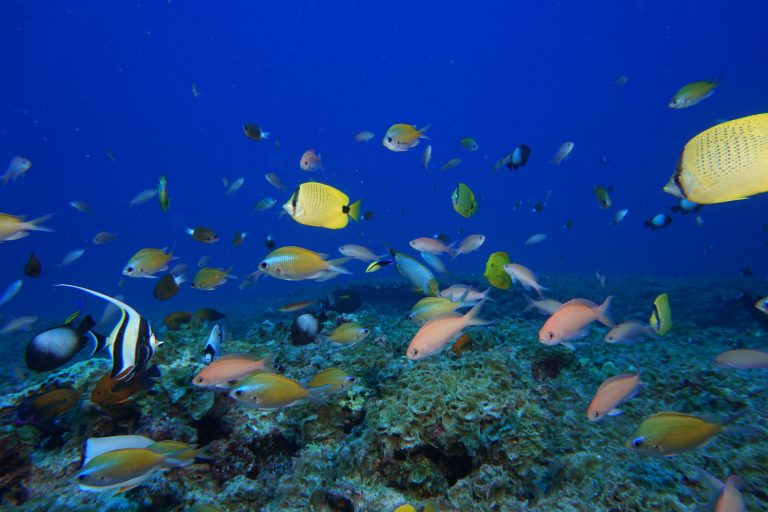
Hannah Maerowitz
Staff Writer
A team of researchers, including fellows and faculty at the UC Santa Barbara National Center for Ecological Analysis and the Bren School of Environmental Science and Management, have devised an analytical model which could be a game changer for the aquaculture industry, released in early March.
Aquaculture is the process of raising aquatic organisms for commercial use, heralded by some as the future of sustainable production. Others harbor concerns about conflicts with wild-capture fisheries and their potentially negative impact on seafloor communities; UCSB researchers are attempting to take into consideration environmental factors and the organisms being harvested.
Discussions about the viability of aquaculture coincide with an increased demand for fish. Demand has gone up by three pounds per capita in the past 35 years; wild fisheries have been rapidly depleted in order to meet that demand, leaving a gap that could potentially be filled by a different fish production technique.
Demand for aquaculture has increased worldwide in recent years, partially due to the rising cost of fishing operations. This increase in cost is at least partially attributable to an increase in the price of oil, but also is affected by collapse of fisheries due to overfishing. Transferring to a model of sustainable aquaculture could decrease oil consumption by providing a financially-appealing alternative to the more traditional model of fishing.
The development of aquaculture infrastructure in the United States has lagged behind other countries with robust fishing industries, largely due to confounding regulatory policies and conflicts of opinion surrounding the impacts of aquaculture.
In response to the debate surrounding if and how to increase aquaculture infrastructure, a research team that included several UCSB affiliates created a model that weighs the potential issues and merits of aquaculture development.
Based on some of the concerns raised about aquaculture, researchers identified four key factors to assess and quantify in their model: impact on wild capture fisheries, the well-being of flora and fauna that occupy an area, impacts on scenic views that could be marred by aquaculture infrastructure, and the risk of disease spreading from fish farms to the ocean.
The research team applied the model they created to several different environments with commercial promise, focusing on those native to Southern California. Some environments the model was applied to include Mediterranean mussels and sugar kelp.
The model plans for different uses of aquaculture in a variety of environments, optimizing benefits and minimizing drawbacks for each one. This provides scientists and the fishing industry with a template for decision making, in addition to supplying information to the public on what the impacts of aquaculture in different environments will look like.
The model is designed to be applicable to a variety of environments and will enable aquaculture adopters to create maximally efficient and environmentally considerate spatial plans.
It also could be pliable enough to have applications outside of aquaculture. Researchers believe that this model is a stepping stone towards addressing the potentially negative impacts of aquaculture, which could result in an increase in sustainable aquaculture development in the years to follow.










